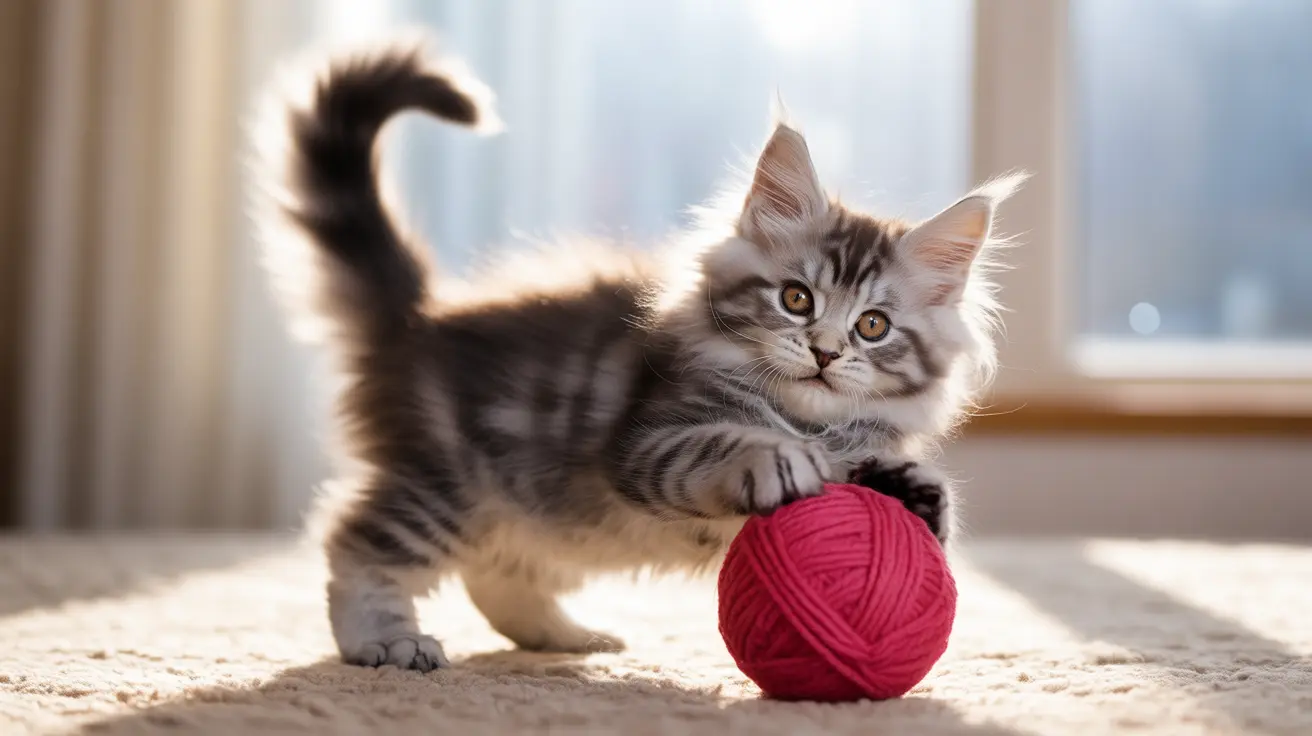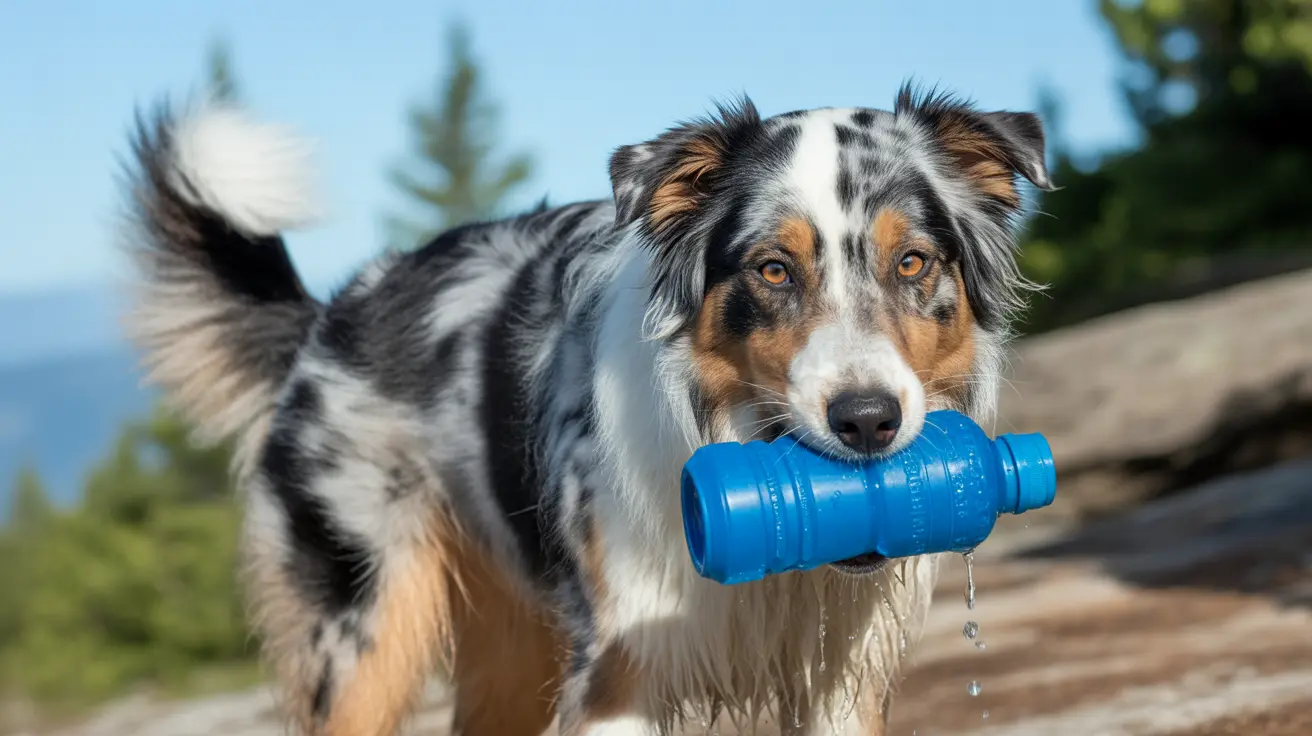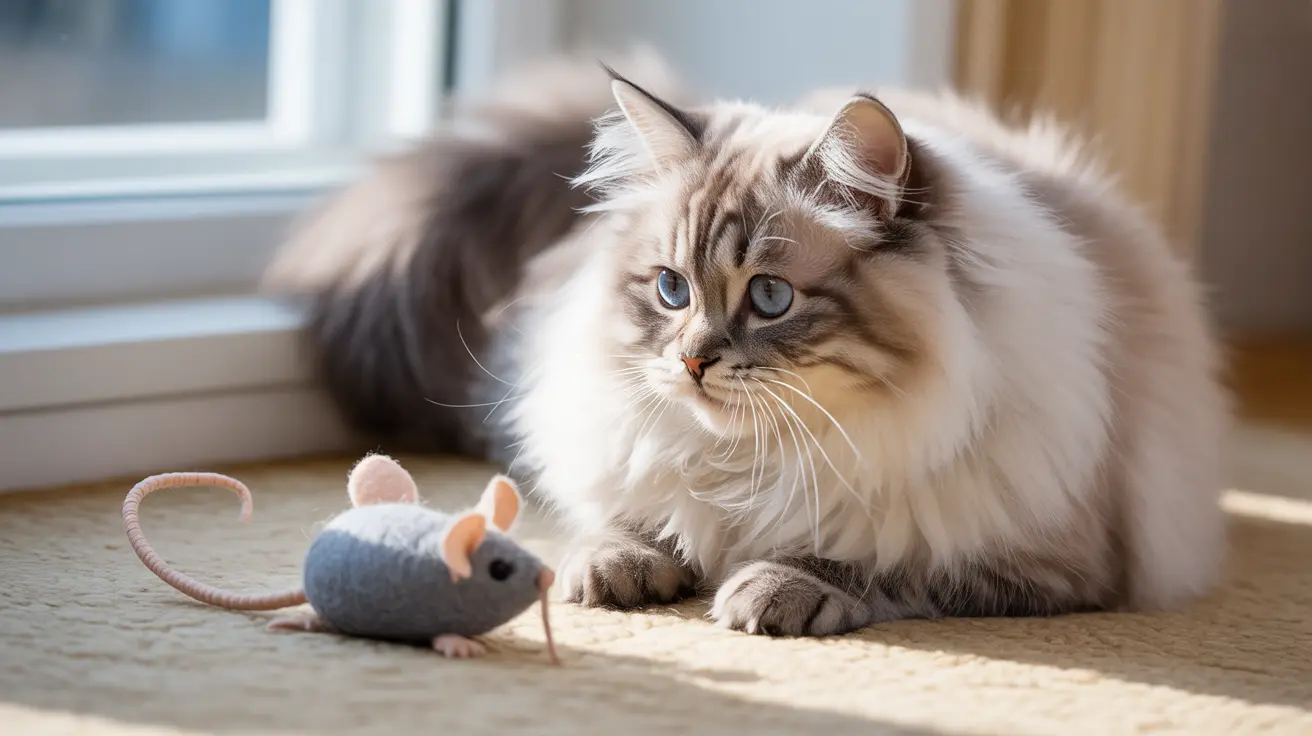Understanding Overbites in Cats: What to Look For
An overbite in cats, medically referred to as Class II skeletal malocclusion or mandibular brachygnathism, is a condition where the lower jaw is shorter than the upper jaw. This results in a misalignment of the teeth, often causing the upper incisors and canines to protrude significantly beyond their lower counterparts. While somewhat uncommon in felines, when present, this condition can lead to various complications if left unaddressed.
What Does a Cat with an Overbite Look Like?
Owners of cats with overbites might notice several distinctive physical traits:
- Prominent upper teeth—the upper incisors and canines are visibly ahead of the lower jaw when the mouth is closed.
- Shortened lower jaw—the mandible appears recessed or smaller in proportion.
- Misaligned bite—the teeth do not align properly; this is often noticeable when the cat yawns or eats.
- Soft tissue trauma—the lower teeth might press into or injure the roof of the mouth.
These signs can vary in severity and may be subtle, especially in young kittens whose facial features and teeth are still developing.
Normal vs. Abnormal Occlusion
In a normal feline bite, the upper incisors slightly overlap the lower ones, forming what's called a scissor bite. The lower canine teeth sit between the upper third incisors and upper canines without contacting the soft tissue. However, in an overbite, this alignment is disrupted, leading to improper positioning and potential discomfort.
Breeds Predisposed to Overbite
Flat-faced (brachycephalic) breeds, such as Persians and Burmese, can naturally display minor variations in jaw alignment that may resemble a mild overbite. However, this is often considered a breed-specific norm and may not warrant concern unless trauma or dysfunction occurs.
Symptoms of Overbite in Cats
Some common clinical signs indicating a problematic overbite include:
- Difficulty eating or picking up food
- Drooling or bad breath
- Pawing at the mouth or facial discomfort
- Facial asymmetry or swelling
- Behavioral changes due to pain
Complications from Overbites
Malocclusions such as overbites can lead to various oral health issues:
- Trauma—Contact between misaligned teeth and the soft palate may create ulceration or injury.
- Infections—Repeated trauma can lead to irritated tissue, sometimes resulting in secondary infections.
- Feeding difficulties—Some cats may struggle to chew or grasp food properly, affecting nutrition.
- Dental decay—Poor alignment can impede normal dental cleaning through chewing, leading to plaque buildup.
Diagnosis and Veterinary Evaluation
Definitive diagnosis of an overbite requires a comprehensive oral examination by a veterinarian, often under anesthesia to ensure proper visualization and comfort. Dental X-rays may be recommended to assess root alignment and underlying jaw structure. Early detection is key, especially in kittens, where orthodontic intervention may still be an option.
Treatment Options
Treatment depends heavily on the severity and symptoms caused by the overbite:
- Monitoring—Mild cases with no associated trauma or functional issue may only require observation.
- Tooth extraction—Problematic or misplaced teeth can be removed to alleviate pain or prevent trauma.
- Orthodontics—For young cats, dental appliances or braces may help correct alignment, though this is rare and requires a veterinary dental specialist.
- Surgical correction—In severe skeletal malocclusion, surgery may be required to adjust jaw positioning or remove obstructive soft tissue. Prognosis varies with severity.
Preventive Measures
While genetic predisposition cannot always be avoided, there are steps owners can take to promote better oral health and reduce complications:
- Regular dental checkups with a veterinarian starting in kittenhood
- Monitoring for delayed tooth eruption or retained baby teeth
- Feeding dental-supportive diets and providing chew toys
- Maintaining clean oral hygiene through brushing or dental treats
- Responsible breeding—Avoid breeding cats with known hereditary dental deformities
Conclusion
A cat with an overbite often has a visibly short lower jaw and misaligned teeth, but the clinical significance varies between individuals. While some cats live normally with minor malocclusions, others may require intervention to relieve pain, restore function, or prevent complications. Early detection, vigilant observation, and partnership with a qualified veterinarian are crucial for maintaining good dental and overall health in cats.





